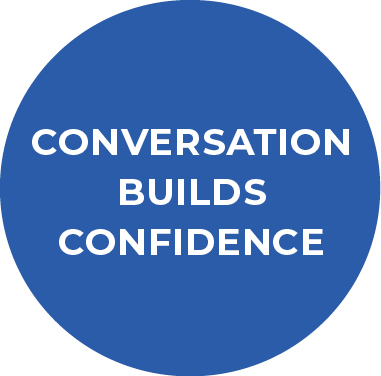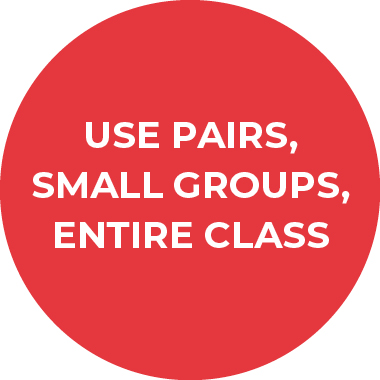Breakthroughs: Improving Math Skills through Math Number Talk

Ibrahim Omar is a third grade teacher and elementary math department chair at Maya Angelou French Immersion IB World School in Prince George’s County. He is a 20-year veteran educator and National Board Certified Teacher who recently renewed his certificate in Mathematics: Early Adolescence. Omar is a graduate of University of Maryland.
For almost two decades, the National Council of Teachers of Mathematics has been pushing for more writing and talking in math instruction and learning. Often teachers spend too much time on lecture rather than allowing students to interact with each other and lead discussions in class.
The Common Core Standards have brought to our classrooms a greater emphasis on higher-order thinking skills.
As teachers, we have had to make changes to our instructional practice to ensure our students meet these standards. One important shift I believe we can make to better support our students is to move away from teacher-led talks in mathematics to more student-to-student discussions, also known as “math talk.”

Why Use Math Talk?
By math talk, I mean sharing, analyzing, and making sense of math. Students might discuss their strategies for solving a problem, explaining not only what they did but also the reasoning behind their work. They can also make observations, pose questions, and express uncertainties.
Establishing Safe Math Environments in the Classroom
For math talk to be successful, we must create a safe environment where students feel comfortable making mistakes. I allow my students to create their own rules for math talks so that they can take ownership of their learning.
Here is an example of our norms. In our classroom, we must:
• Treat each other with respect
• Participate in discussions
• Allow others to think
• Mistakes are welcome
• Ask good questions
How Do You Facilitate Student Interaction?
Simply posing a question that encourages discussion does not guarantee successful math talk. Mathematical discourse begins with student interaction. The goal of teaching students to interact in pairs, small groups, or as a whole class is for students to be able to construct viable arguments and to critique the reasoning of others, which is Common Core Standard for Mathematical Practice 3.

Here are useful tips that I use in my classroom to improve student interaction:
1) Think-pair-share: One of the most important objectives is that students practice their responses. Students sometimes don’t want to share ideas in class because they aren’t sure how to phrase their thoughts.
2) One strategy I use to help students have a meaningful conversation is to provide or post response starters on our math bulletin board such as:
• To explain: “The strategy I used was…” or “I noticed that…”
• To agree: “I agree with …because …” or “That solution makes sense because…”
• To disagree: “I disagree with…because…”
• To clarify: “I have a question about…” or “Can you explain how or why…?”
• To extend “I would like to add…”
After the implementation of these strategies for about three months, I have noticed my students felt comfortable engaging their ideas, hence improving their basic math skills.
I hope these tips will help improve students’ engagement in mathematical discourse. To successfully engage students in math talk, teachers need to foster community in the classroom. Although it is ideal to implement best practices for math talk at the beginning of the school year, it is never too late to improve student engagement by sharing, analyzing, and making sense of math in the classroom.
Latest News
Content goes here!

